Selway River Pt 2
Human culture and isolation
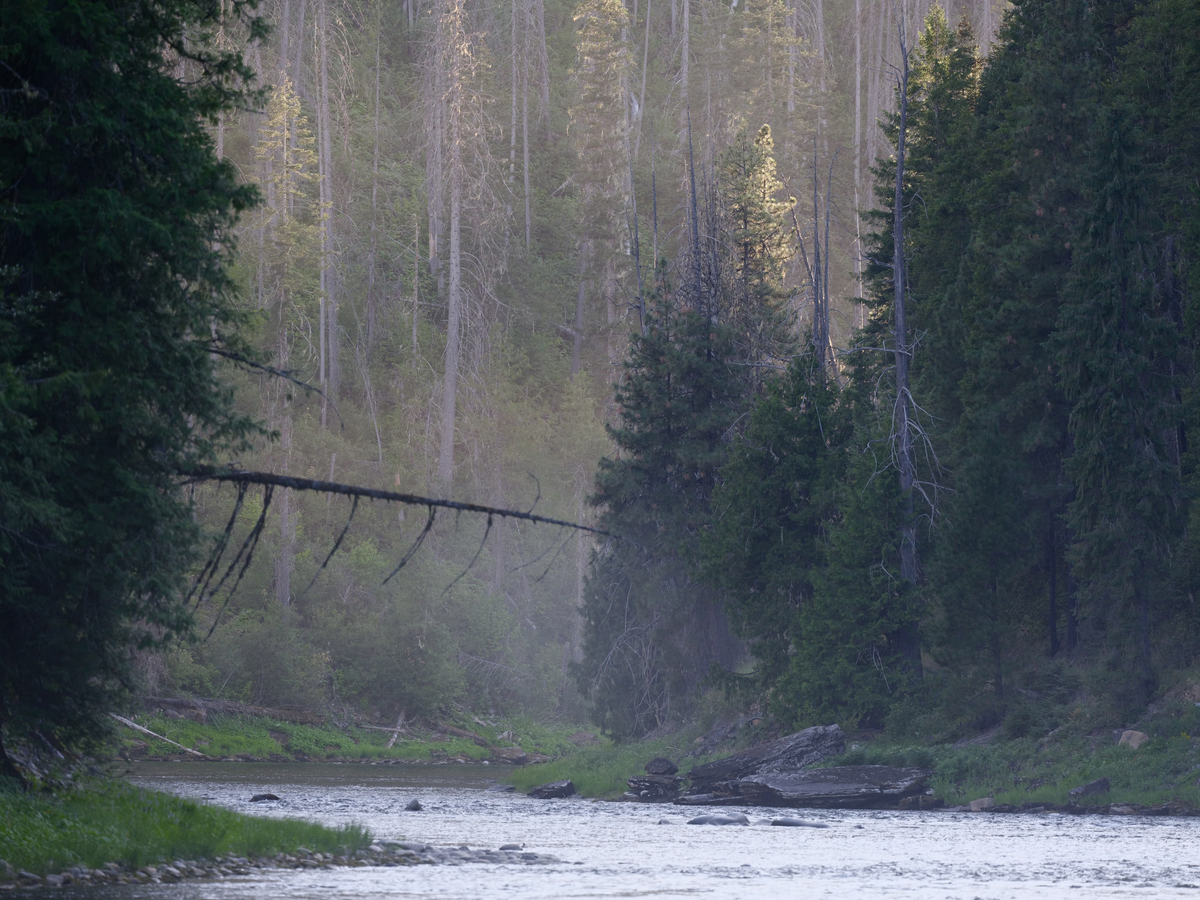
The Clearwater, that origin river of the Nez Perce Indians. Their final desperate race across the west from the calvary determined to exterminate them or bring them to heel. The Nez Perce finally captured shy of the refuge of the Canadian border. A small reservation was granted them in this territory. Here in this valley is the magma heap of the ‘heart of the monster’ from their origin story. (from previous section. )
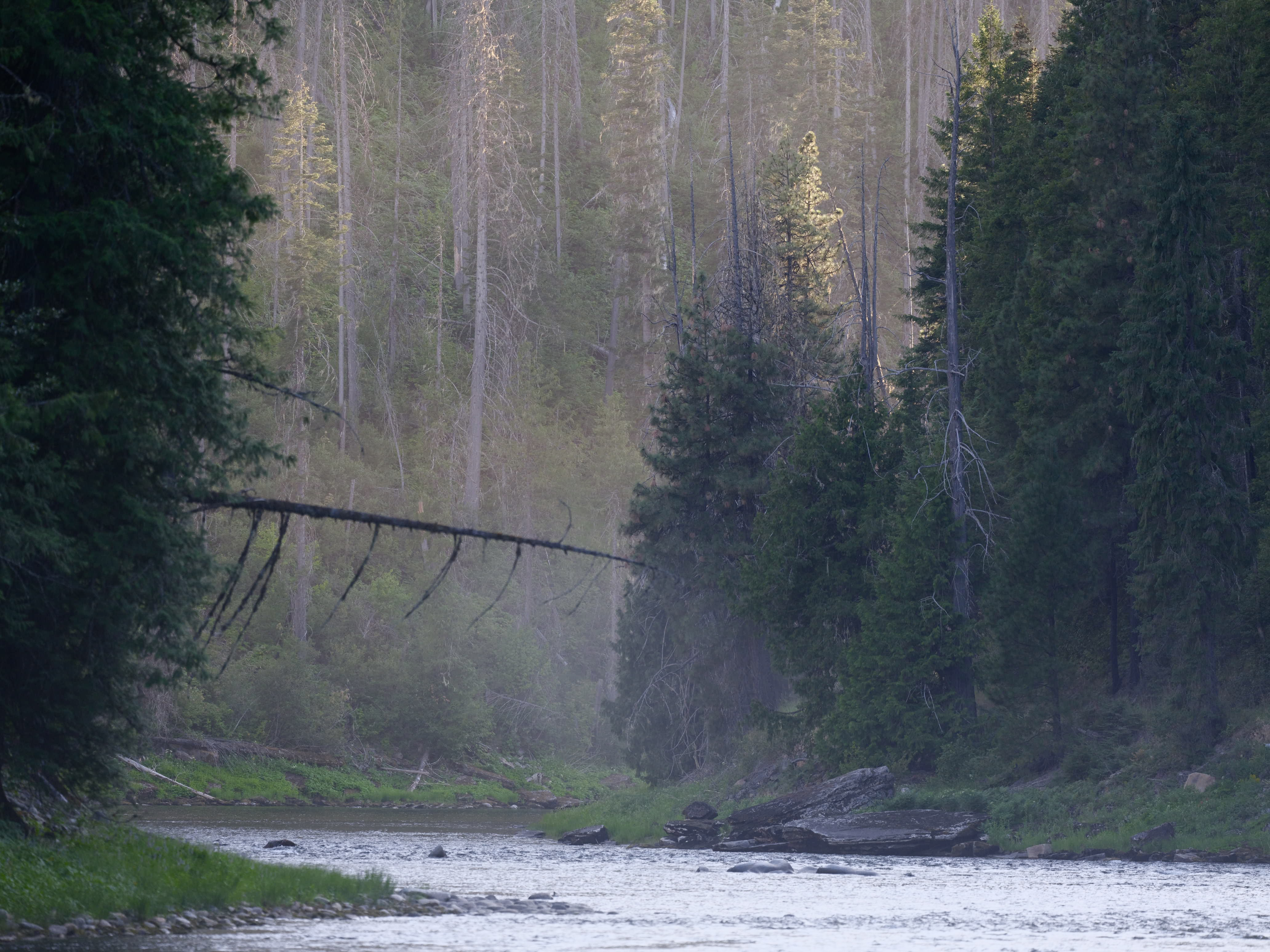
Sitting beside this gentle stretch of the Selway River in Idaho my imagination runs also towards the past.
Here on the Selway the Nez Perce would hunt and fish and gather. Not as one might first imagine on horseback but on foot; for thousands of years. At least until the Spanish arrived and the Pueblos Indians in what is now New Mexico rebelled and drove the Spanish south in 1680.
Those horses, so jealously guarded, now freed and in the custody of the Pueblo Indians. For the Spanish understood the power of the horse and took all care to make sure they did not fall into Indian hands.
The horse took a long time to get into the hands of the Northwest Indians, perhaps as late as the late 18th or early 19th century. This changed so much of their lives and how they supported themselves that it is hard to imagine the impact.
It gave them access to buffalo to the east, this removed the incentive to farm. The horse also brought them into contact with tribes of new enemies the Piegan, Crow, and Blackfoot who they encountered on their way to the buffalo.
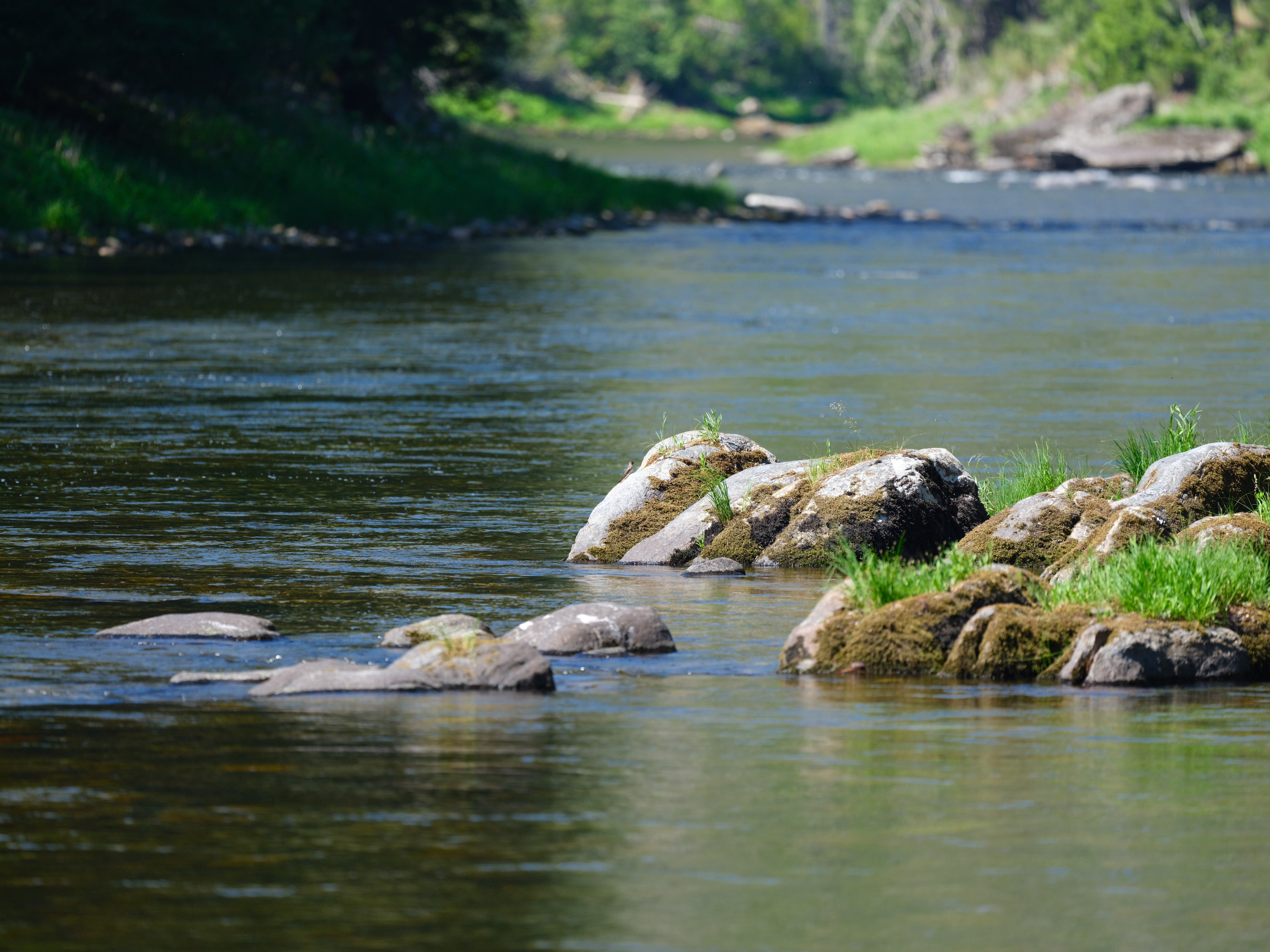
But I am contemplating existence before that time.
I am in awe of what must have been such utter isolation. Small groups, bands, or tribes scattered across this vast rugged land of mountains, canyons, and cliffs.
Today we travel and camp in great comfort and convenience. We think little about how less isolated we are. In fact we are here for a kind of isolation. However there are people scattered up and down the river. While we don’t have cell service here we are not far from help. A long walk will take me to an area of mountain homes and the main highway. My satellite gizmo will summon search and rescue with the press of a button. I know how far away are the nearby towns and slightly further away the cities of Lewiston and Boise, teeming with human life.
To have lived here in pre-colonial times is unimaginable for most of us. Virtually the whole human world of your knowledge within eyesight when one is home. Some knowledge of other scattered groups, bands, and tribes certainly.
There were no roads, only a few trails. When they walked through the forest there were no stumps as we see today from past logging. To cut down a tree with stone tools would have been a massive undertaking. No bridges over rivers.
I contemplate how this kind of lack of connection to some larger mass of people must have made for a different psychology. The colonial peoples had a strong, if sometimes tenuous, connection to some larger whole. Places of retreat or a deep well of rescue and faith. A long tether that we all have but rarely acknowledge.
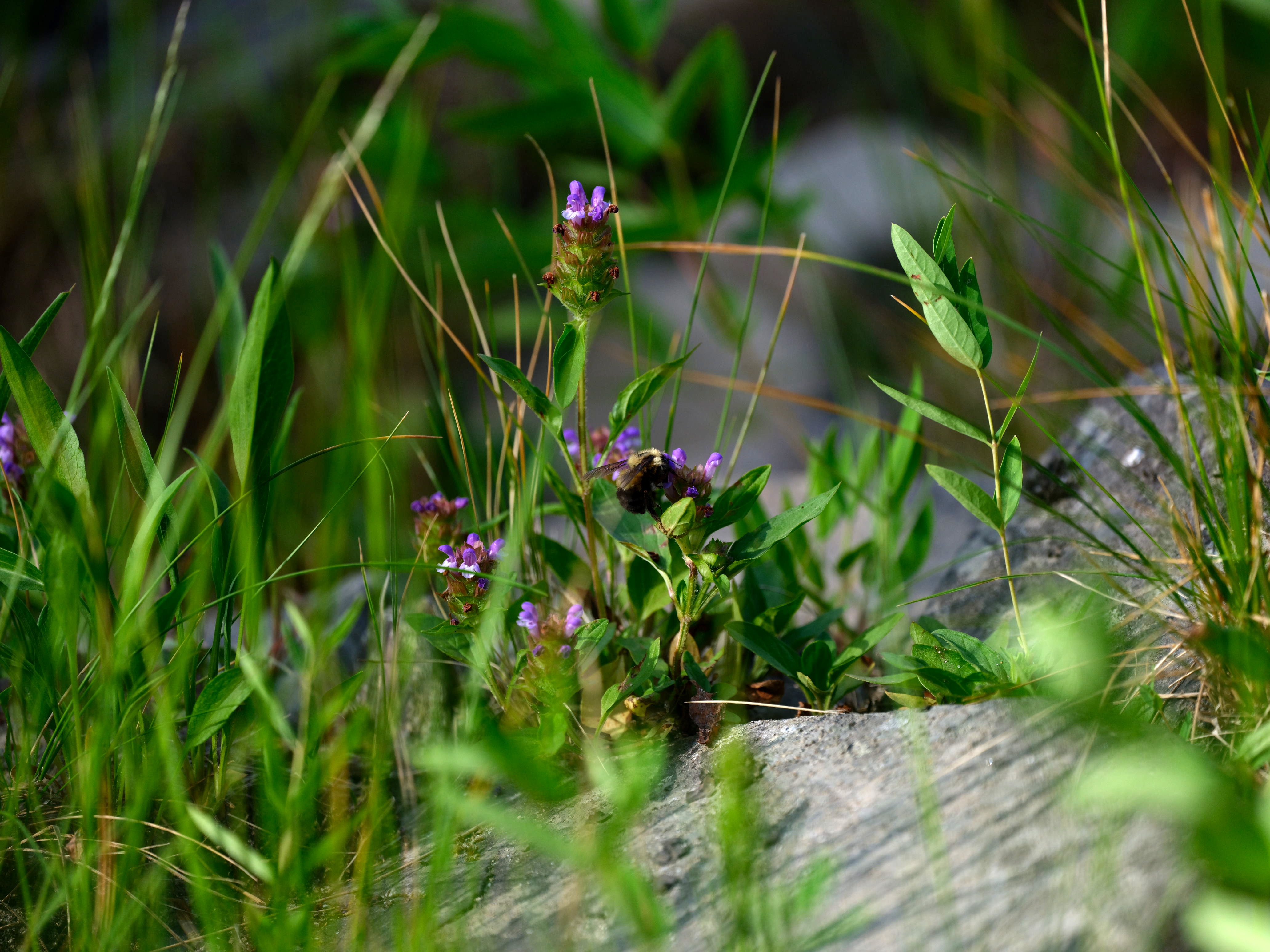
It seems little wonder where the numbers and the equation of life and death were more delicately balanced and that animism, reverence with strong connections to the natural world would take hold. How else could one deal with the psychological isolation and sense of extreme risk a people would face. Certainly to see the natural world as alien would create an unbearable anxiety.
The view of nature as an implacable enemy to be tamed and conquered must have been difficult to summon. More sensible to integrate and work within the flows of life in the natural world.
Their intellectual gifts were not wasted as exhibited by tools, clothing, shelter, art, music, communication, and cooperation. In other words culture. Neither was the spiritual dissipated on dominion.
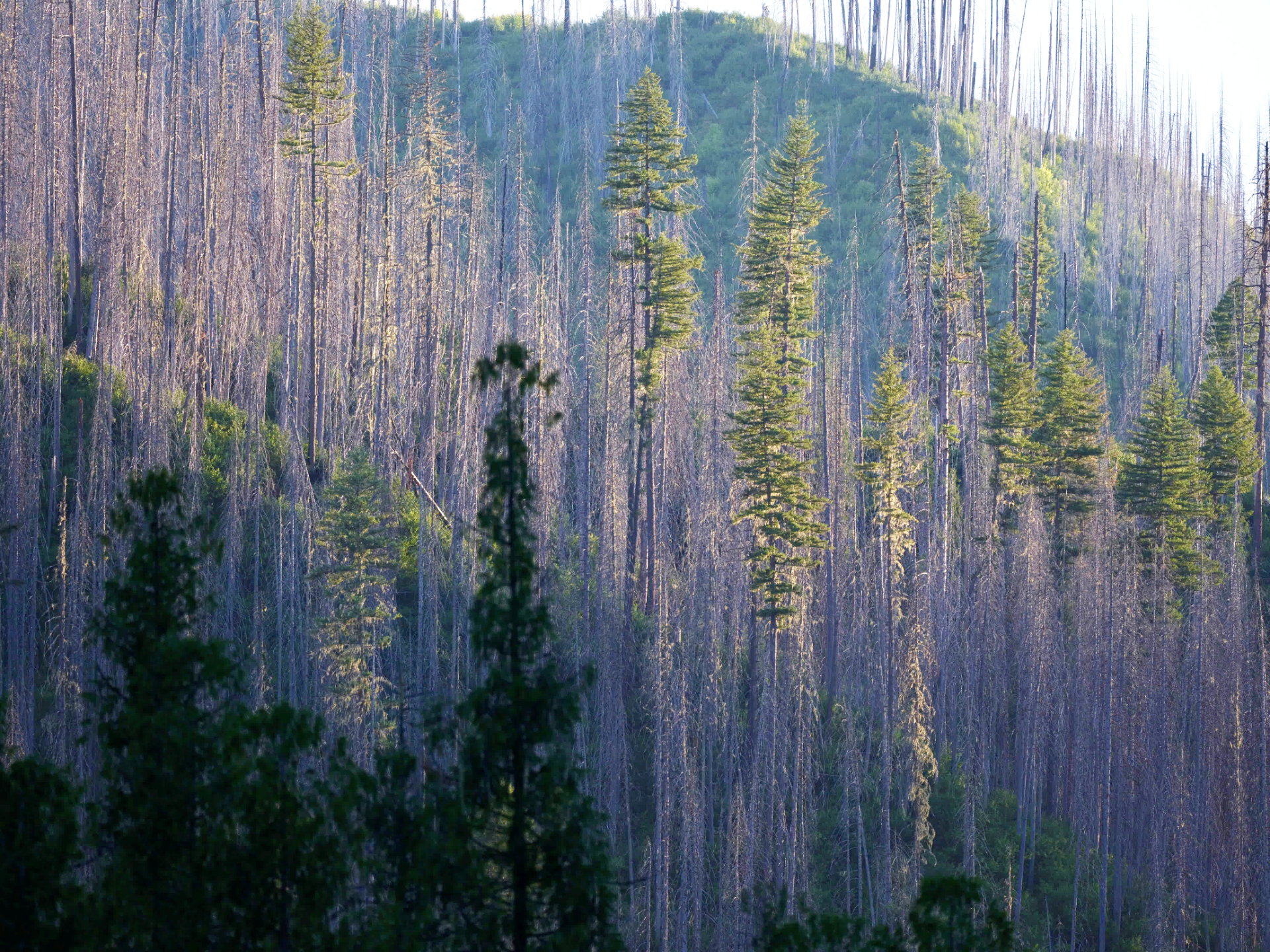
They lived in a world dominated by the natural, where forests carpeted countless mountains inhabited by innumerable rivers and springs; in turn these were inhabited by fish and bird life. The forested valleys inhabited by deer, elk, moose, bear, caribou, beaver and numerous smaller mammals.
The world must have seemed like a living being, where everything was alive, possessed of a spirit and consciousness that infused everything. (Curiously, this is an idea that is coming into fashion in Western philosophy. Where quantum concepts like the measurement problem and ‘spooky action at a distance’ are being interpreted in new views on consciousness.)
I sit by this calm river the Selway as the dust plume passes from a passing car just out of cellphone range, in earshot of a dozen or more bird calls, the cascade of water, the buzz of insects, the distant roar of a passenger plane, the slap of a trout on the water and I try and cast my mind into that distant unknowable time and imagine being here more alone than I have ever known in my life, yet confident and unafraid. Another component of a wild place for the Nez Perce is being able to feel more at home than any other place I have ever lived. I can just barely glimpse this existence if I try very hard. A faint wisp or whisper of another way of being.
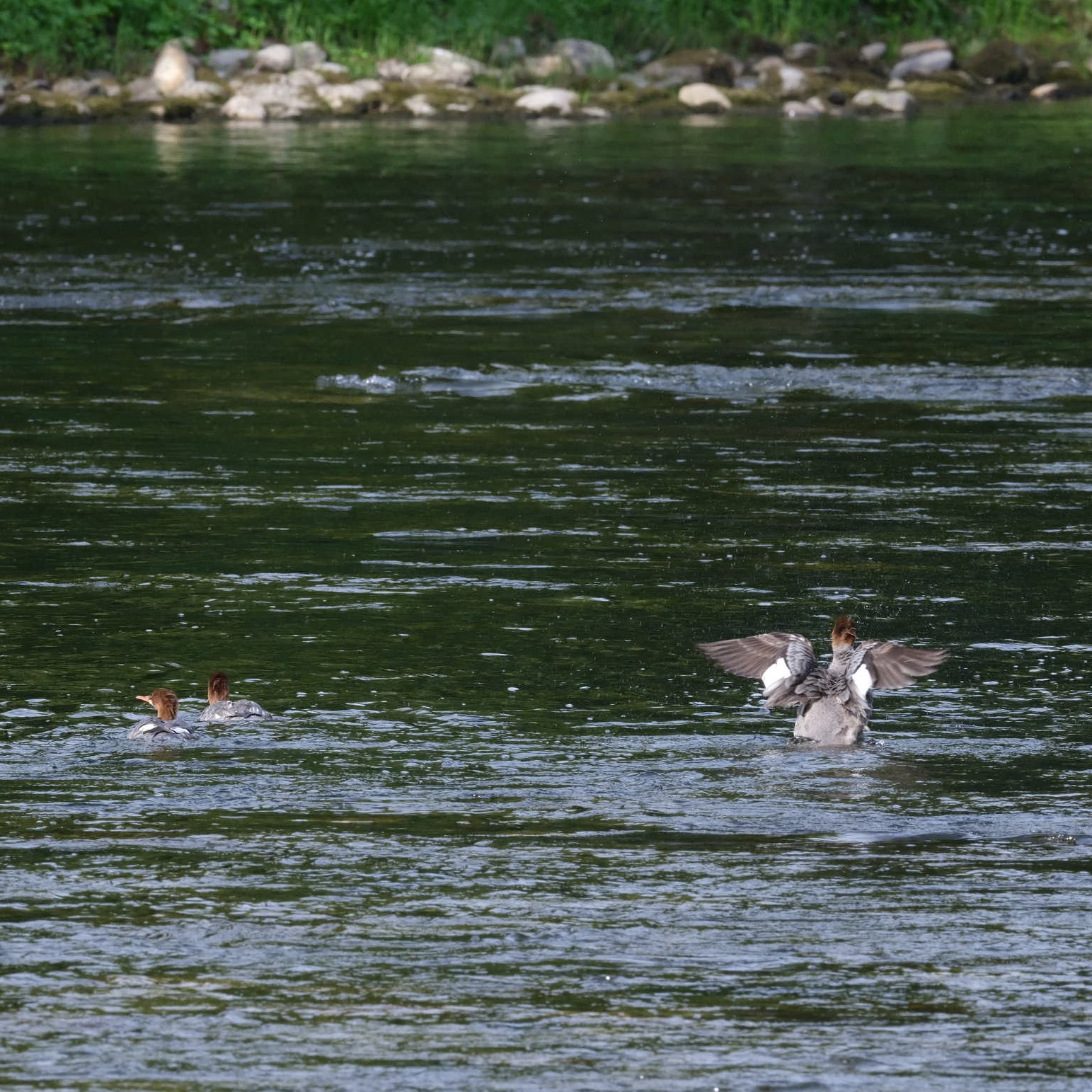
I do not intend to romanticize. These ancient Nez Perce were as human as anyone. Aspects of their existence were cruel. They were in conflict with neighboring tribes, they had personal conflicts. They could engage in what we would think of today as unspeakable cruelty, just as modern Americans can engage in today.
It is difficult to imagine such a world. Closeknit families and deep friendships. A more difficult life in terms of the material aspects. Disease and injury must have stalked them constantly with little prospect for relief. It is impossible to imagine the worldview and mindset of a people whose lives are dominated by such different forces.
In Western civilization we are taught to revere the ancient Greeks. Our philosophy, systems of government, and much of our language derive in part from them. And yet the more literature I read from that time there is the haunting feeling that behind it are people whose mentality is utterly alien even as we marvel at events that we can relate to.
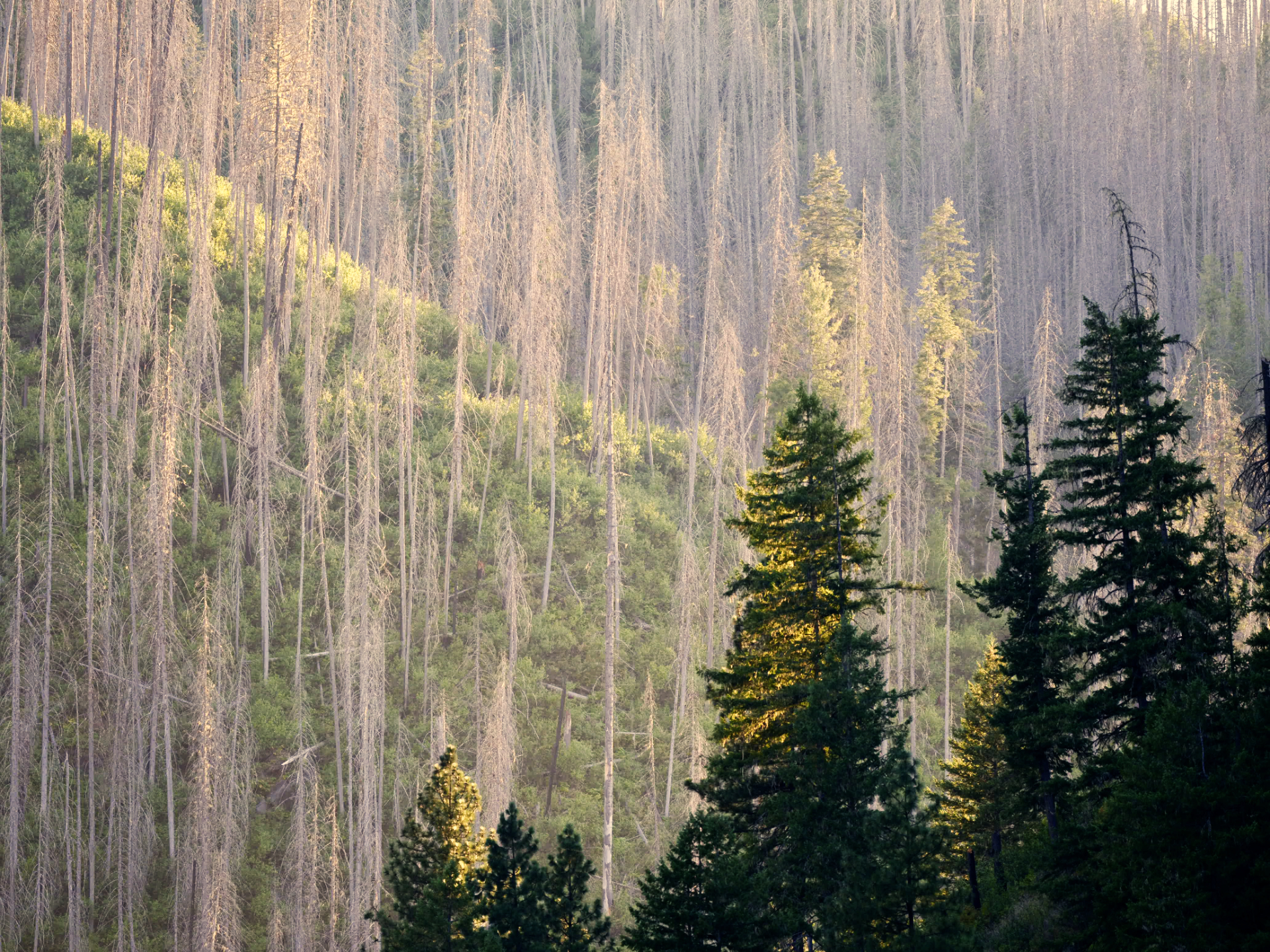
Lately it has become fashionable to fetishize the 300 Spartans at Thermopylae. Indeed it is a heroic tale of the bravery and sacrifice in defense of the Greek nations from the marauding Persians.
Moen Labe (come and take them) a call the Spartans taunted the Persians with is now plastered on the backs of pickup trucks extolling 2nd amendment rights alongside images of assault rifles. And yet I wonder how many of these people that put these bumper stickers on their trucks understand that the Spartans while certainly brave, were also the owners of slaves, the Helots, who aren't counted amongst the 300, who fought and died alongside them. How many of them knew that they engaged in nonconsensual homosexual behavior with young boys. That babies that weren't considered strong enough, considered weak or defective, were tossed off cliffs and their heads bashed in. We look at and lionize Greek culture for many good reasons, I do not think that we could ever understand what it was like to live in those times or what the ancient Greek mind was like.
So while it is interesting to try to understand other people from some distant time we should also understand the limits of that exercise. Even as we might share the same geography thousands of years later.


